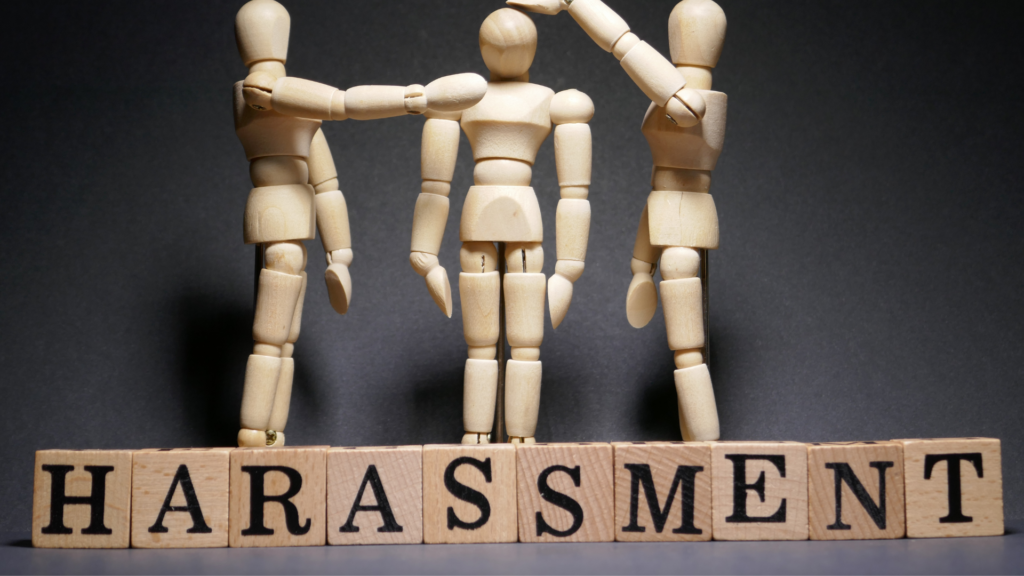Workplace harassment is a type of discrimination that harms not just the victim but also the whole workplace vibe. It can come in many forms, like hurtful words, physical harm, or unwelcome advances, and it makes the work environment feel hostile.
Yet, despite increased awareness of the issue, it remains a prevalent concern in many organizations, impacting employees at all levels. So, what needs to change, and how can we address this issue?
Addressing Workplace Harassment
The first step is recognizing it. Employers and employees should know what counts as harassment, be it through words, actions, or psychological pressure. They should also understand how it can harm the victim, from hurting their work to causing emotional and physical damage. Once everyone knows how bad it is, they can spot it, report it, and prevent it.
A really good way to combat it is to make a strict rule: no harassment allowed. This rule tells everyone in the workplace that they can’t harass anyone, no matter what.
But just having this rule isn’t enough. We also need to teach people about it. So, we provide training that explains what counts as harassment, what happens if you do it, and how to report it if you see it happening.
Fostering Communication and Transparency
Communication and transparency are paramount. Employers should actively encourage open dialogues among employees, enabling them to voice concerns regarding harassment, discrimination, or any workplace-related issues. Moreover, when harassment incidents occur, transparency is vital in sharing details about the offense, the actions taken to address it, and the sanctions imposed. These actions will foster trust and credibility among employees, ensuring a safer work environment.
Promoting Diversity and Inclusion
Another strategy to combat it involves promoting diversity and inclusion in the workplace. Employers should strive to cultivate an inclusive environment where everyone feels respected and valued, regardless of their gender, race, religion, or sexual orientation. By nurturing an inclusive workplace culture, employers can discourage harassment and firmly establish that it is unwelcome in any form.
Harnessing Technology
Finally, technology can be harnessed to combat workplace harassment. Establishing an anonymous reporting system allows employees to confidentially report witnessed or experienced incidents. Additionally, virtual training and awareness programs, including simulations and e-learning platforms, can be utilized to educate employees about harassment and discrimination.
A Harassment-Free Workplace
Workplace harassment is a pervasive issue worldwide, demanding immediate attention. Employers and employees must collaboratively create a safe and inclusive work environment by recognizing it, instituting a zero-tolerance policy, promoting diversity and inclusion, fostering open communication and transparency, and leveraging technology. Only by amalgamating these efforts can we hope to construct a workplace culture free from harassment and discrimination. Let us unite in striving for this goal.
Now that we’ve explored ways to combat workplace harassment and create a safer, more inclusive environment, it’s time for action.
To further your understanding and equip yourself with the necessary tools, consider visiting our website, where we offer comprehensive training programs and resources. Together, we can make workplaces safer and more inclusive for everyone.
Written by: Cleo Tubon



